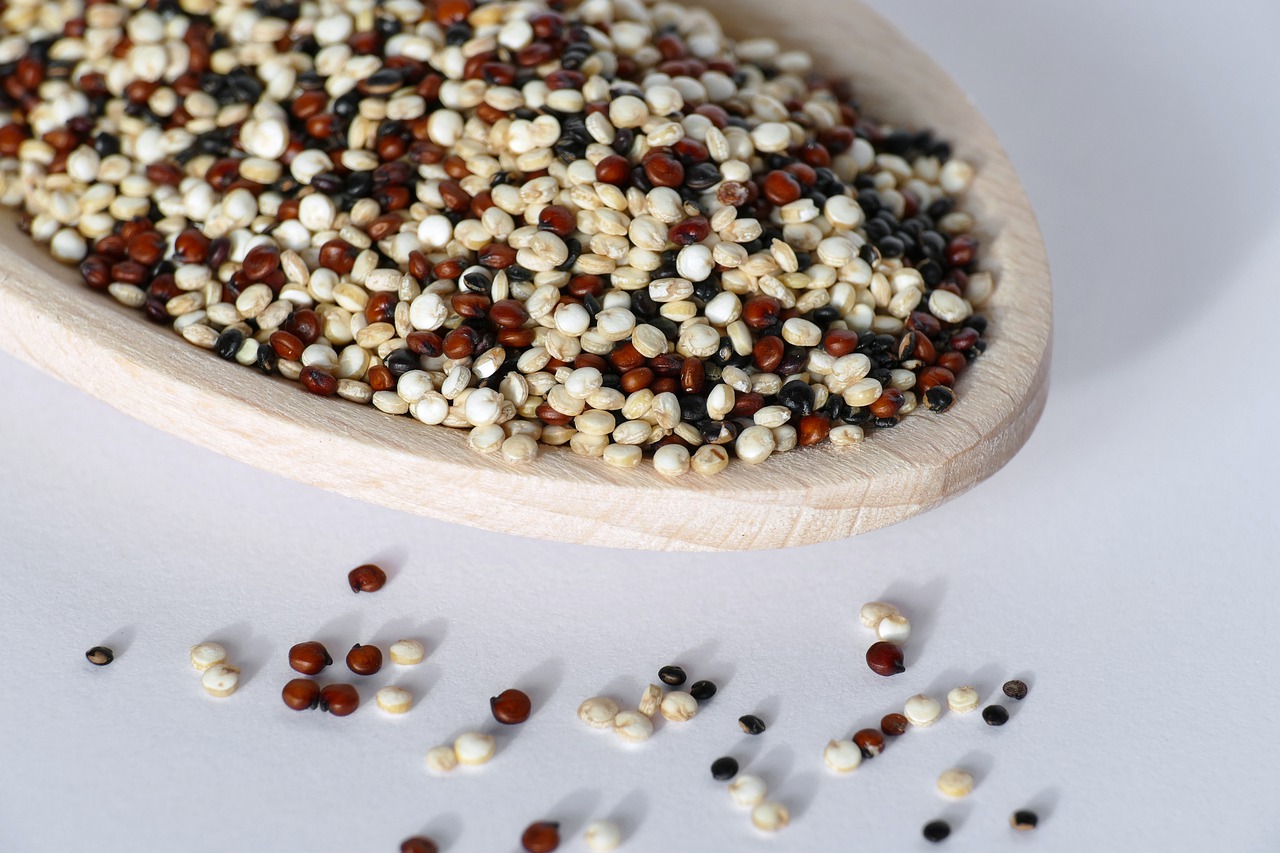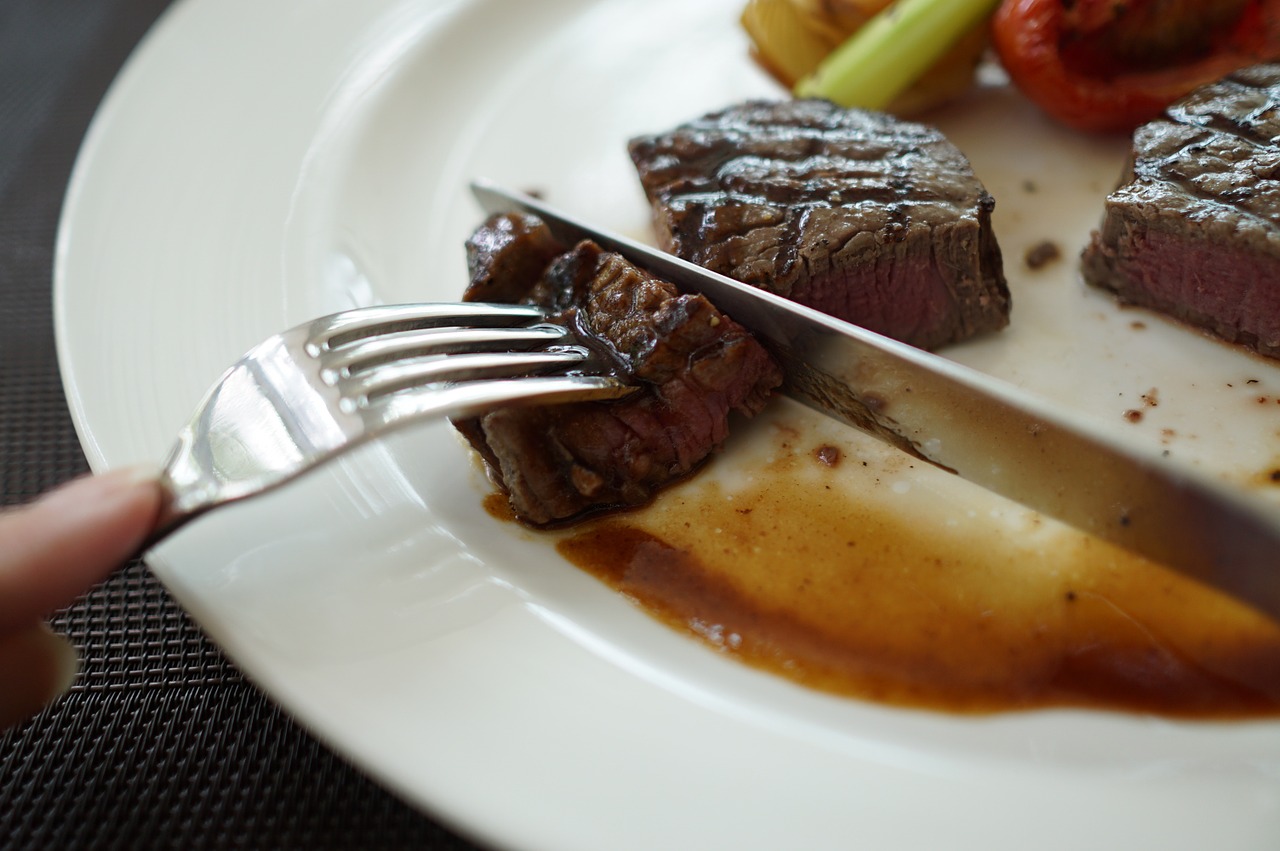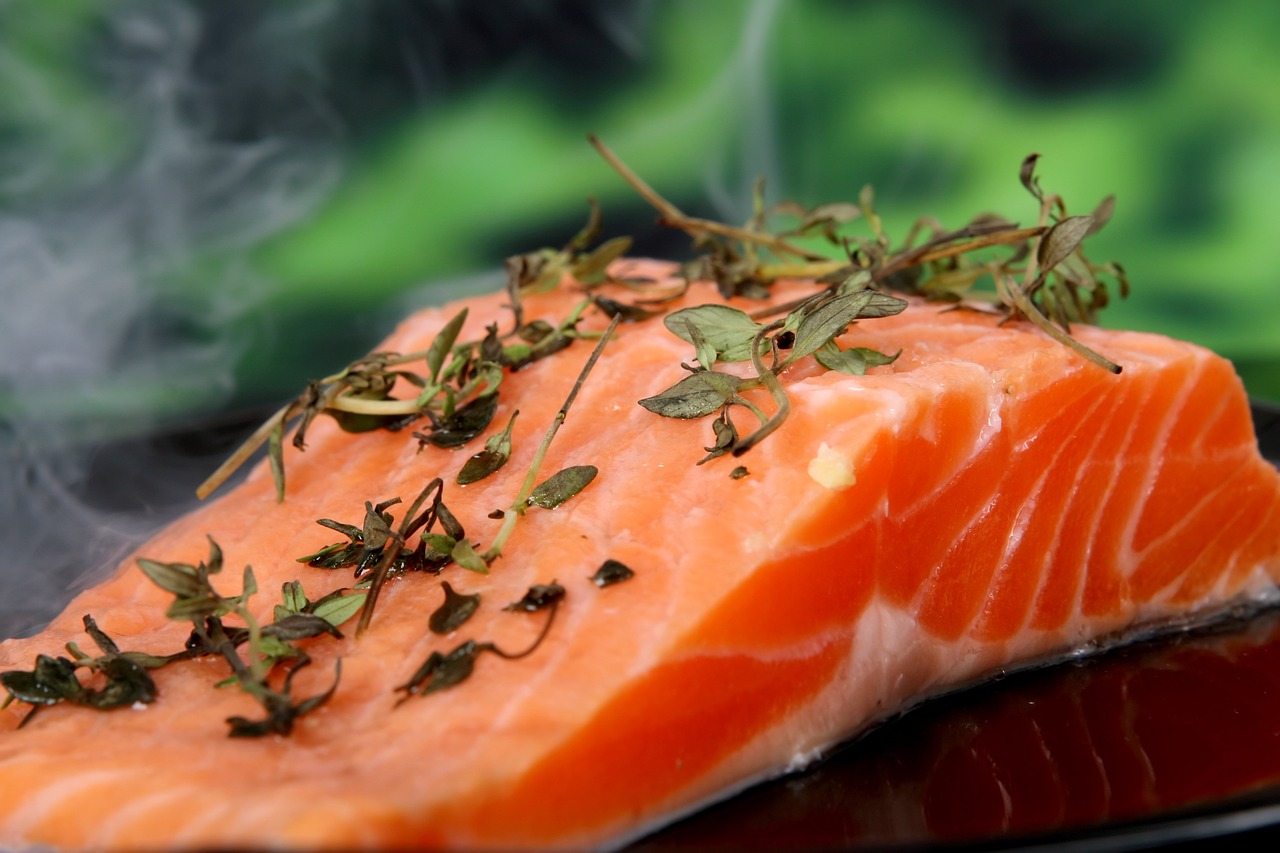Baltic Sea Diet
The Baltic Sea Diet and Alzheimer's
Based on the SYSDIET study, The University of Eastern Finland, the Finnish Heart Association and the Finnish Diabetes Association developed a Baltic Sea diet pyramid detailing healthy food choices that are typically available in nordic regions. At the bottom of the pyramid is the food that should be eaten frequently, such as berries, apples, brussel sprouts, colliflower, broccoli, carrots, garlic, tomatoes, zucchini and lettuce. The next level contains common northern latitude grains such as rye, oats and barley. Fish, rapeseed oil, chicken, low fat cheese and low fat dairy comprise the level second to the top. The top level consists of foods that should be rarely eaten if eaten at all, such as sausage, processed meat, sweets and bakery products.1
The food in Nordic countries, such as salmon, berries and whole grains, are considered to be health enhancing. In fact, the Baltic Sea diet, which is sometimes referred to as the Nordic diet, has been shown to have many positive effects. Studies have shown that the Baltic Sea diet reduces inflammation, a key component contributing to Alzheimer’s. The Baltic Sea diet is also associated with lower abdominal obesity, which is an Alzheimer’s comorbidity. Combined with exercise, the Baltic Sea Diet increases overall life satisfaction. In addition, it was shown that low adherence to the Baltic Sea Diet increased the risk of “disease death” presumably by increasing cardiovascular disease.2,3,4
Studies Investigating The Baltic Sea Diet and Alzheimer's
The evidence showing that the Baltic Sea diet reduces the risk for Alzheimer’s is limited. One study randomized 1410 Finnish subjects into various intervention groups. The study found that the Baltic Sea diet was associated with improved cognition, but after adjusting for energy intake the association was not significant. However, a study that we will discuss in the next section compared almost all of the diets that we discussed, included the Baltic Sea Diet. Continue to the next section, the prudent diet, to see how the Baltic Sea diet stacks up.5
Alzheimer's Diet and Nutrition Sections
Macronutrient References on this Page:
- Kanerva N, Kaartinen NE, Schwab U, Lahti-Koski M, Männistö S. The Baltic Sea Diet Score: a tool for assessing healthy eating in Nordic countries. Public Health Nutr. 2014 Aug;17(8):1697-705. doi: 10.1017/S1368980013002395. Epub 2013 Sep 4. PMID: 24172174.
- Kanerva N, Kaartinen NE, Schwab U, Lahti-Koski M, Männistö S. Adherence to the Baltic Sea diet consumed in the Nordic countries is associated with lower abdominal obesity. Br J Nutr. 2013 Feb 14;109(3):520-8. doi: 10.1017/S0007114512001262. Epub 2012 May 10. PMID: 22575060.
- Tertsunen HM, Hantunen S, Tuomainen TP, Virtanen JK. Healthy Nordic diet and risk of disease death among men: the Kuopio Ischaemic Heart Disease Risk Factor Study. Eur J Nutr. 2020 Dec;59(8):3545-3553. doi: 10.1007/s00394-020-02188-2. Epub 2020 Feb 3. PMID: 32016645; PMCID: PMC7669794.
- Kanerva N, Kaartinen NE, Rissanen H, Knekt P, Eriksson JG, Sääksjärvi K, Sundvall J, Männistö S. Associations of the Baltic Sea diet with cardiometabolic risk factors–a meta-analysis of three Finnish studies. Br J Nutr. 2014 Aug 28;112(4):616-26. doi: 10.1017/S0007114514001159. Epub 2014 May 27. PMID: 24867656.
- Männikkö R, Komulainen P, Schwab U, Heikkilä HM, Savonen K, Hassinen M, Hänninen T, Kivipelto M, Rauramaa R. The Nordic diet and cognition–The DR’s EXTRA Study. Br J Nutr. 2015 Jul;114(2):231-9. doi: 10.1017/S0007114515001890. PMID: 26104270.
Back to Diet and Alzheimer's:
Determine which diet and nutrition plan is best for you based on your Apoe status and subtype.














